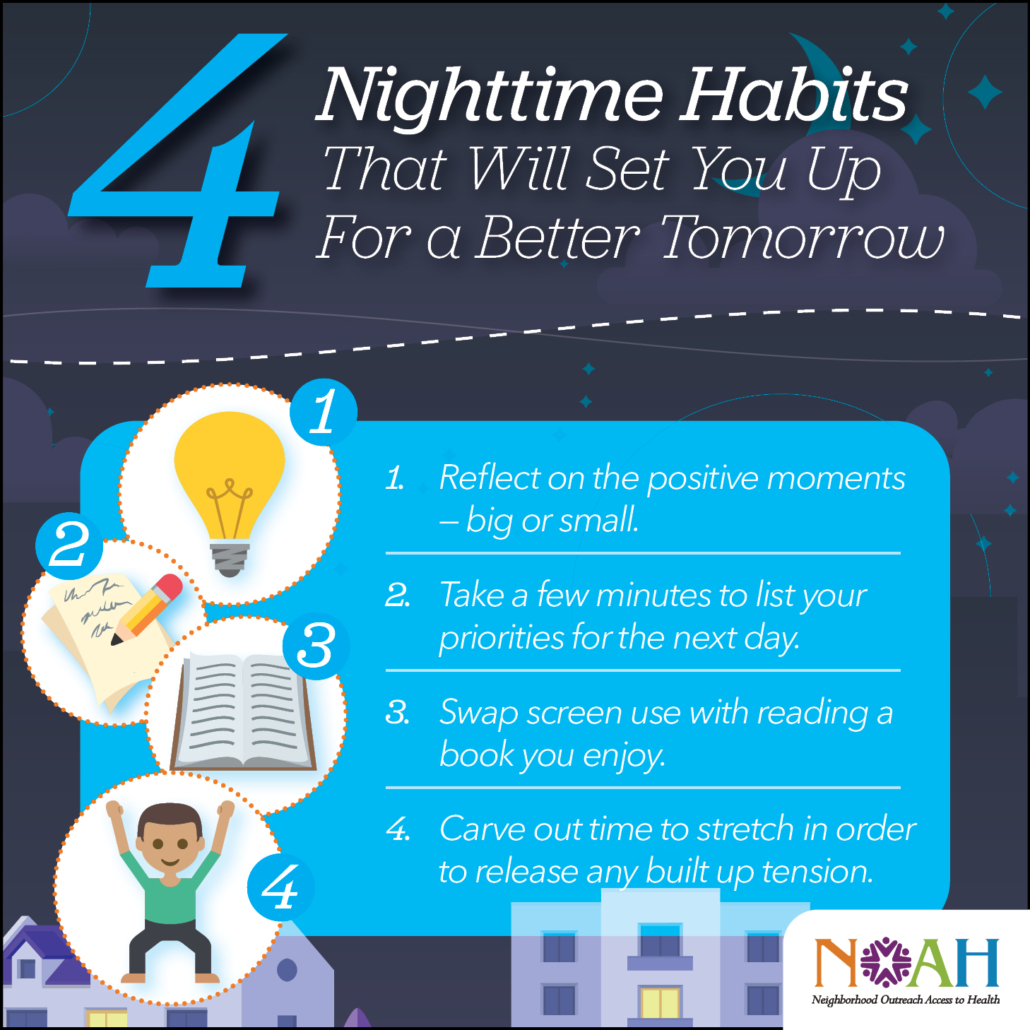Celebrating Thanksgiving in 2020
This year we have experienced many changes, from the way we celebrate birthdays and graduations, to elbow-bumps in place of handshakes. One of the more challenging differences of living through a pandemic, though, is going to be the holiday season, starting with celebrating Thanksgiving.
Typically, people travel to see family and friends, visit multiple homes on Thanksgiving and the days around it. Many people enjoy getting out with friends to local bars and restaurants. None of that, however, is safe in 2020 with COVID-19 increasing it’s hold on our communities and our health.
Celebrating Thanksgiving in 2020 may not be what we are all used to, but it can still be full of good food, friendly faces, and happy memories without risking anyone’s health and safety.
Tips for Thanksgiving 2020
- Hold a Thanksgiving dinner just for your immediate family in your home.
- Enjoy the beautiful Central Arizona weather and visit neighbors outdoors and with some distance between you.
- Share your favorite recipes with friends and family, rather than making and bringing food to a big group Thanksgiving.
- Delivering meals to isolated friends, family, or others in the community in a safe way.
- Virtual Thanksgiving dinner with loved ones near or far.
Remember, that while health is critically important with COVID around, we also need to take care of our mental and emotional well-being. Seeing faces on screens and hearing voices over the phone doesn’t take the place of in-person holiday gatherings, but it is much better than not having that interaction at all. Relationships and seeing people you love – even on a screen that has grandma’s thumb covering it half the time – are so important.
Enjoy and embrace something new when you celebrate Thanksgiving, and remember to call, text, video chat, and safely visit (with masks or at a distance) with people you care about. If you need additional support from a counselor or community resources, reach out to the NOAH team for more information about services to support you and your family so you have a happy, healthy time celebrating Thanksgiving.



